How to Transport an Inflatable SUP on a Roof Rack
Although inflatable paddle boards can be conveniently packed down to fit into a backpack like the SUP Roller Backpack, you can also transport iSUPs on a roof rack. You can transport your iSUP just like most surfboards, foam boards, or any rigid board for that matter. Transporting your paddle board on a roof rack can come in handy now and again, so it's good to understand the proper setup. This article covers exactly how to transport your inflatable paddle board via a roof rack and provides a few extra tips and tricks along the way.
Contents
- How to Transport Stand Up Paddle Board
- Before You Load Any Paddle Boards on the Roof Rack
- How to Transport Your SUP Board on a Roof Rack
- Securing Your SUP to Your Vehicles Roof Rack
- Added Security Beyond Buckles
- Quick Guide to Transporting Your SUP on a Vehicles Roof Rack
- How to transport a paddle board in a truck
- Inflatable Paddle Board Transport Made Easy
How to Transport Stand Up Paddle Board
Trying to figure out how to mount your paddle board on your vehicle? There are a variety of reasons you may decide you want to transport your SUP. Maybe you need the extra space in the vehicle, find it easier to pump the boards up at home, are going to be paddling several days in a row, or are portaging between nearby bodies of water. Whatever the reason, it's worth understanding the ins and outs of how to transport your SUP properly.
To get started, check out this quick how-to video on paddle board vehicle mounting.
In this video, we show you:
- How to carry a paddle board on a car: Most SUPs have a carry handle at the center, making it easier to transport by hand.
- How to put a SUP on a vehicle: You can lift the board overhead and place it on top, or lean it against the rear of your vehicle and slide the board into place.
- How to strap the board down: Cam straps are the simplest and fastest way to secure the board.
Before You Load Any Paddle Boards on the Roof Rack
Before you put your iSUP up on the roof to tie it down, there are a few things you'll want to consider. Two key things to keep in mind are how far you are traveling with your SUP and what the likely driving conditions are. If it's just a short drive to a nearby location on roads or a highway you're familiar with, then you don't need to do anything special. However, if you're going on a long drive or doing a bit of off-roading, it might be worth considering some added protection. Padding prevents damage, even on short trips. And it's no fun getting to the water, pulling your SUP off the crossbars, and realizing it's damaged. Obviously, it's your choice, but a bit of added protection is totally worth it regardless of the type of vehicle you drive.

Stack 'em up! If you need the extra space inside your vehicle, transport your SUPs on a roof rack. Photo by InflatableBoarder.com
Use a SUP-specific roof rack if possible. Many SUP roof racks have the perfect accessories designed to protect your board from damage. It doesn't necessarily have to be a soft rack. You can easily add padding to get the soft rack feel you're looking for. So, if you don't have a roof rack designed specifically for SUPs, you can improvise by affixing foam blocks, pool noodles, soft towels (or other soft materials) at major points of contact between your board, the crossbar, and the straps. Common contact points include where the tie-down straps (or ratchet straps) touch the board and where the board touches the roof rack.
Additionally, check the weather forecast for your travel route. High winds, rain, or extreme temperatures can affect how securely your paddle board is attached to your roof rack. If the forecast predicts adverse conditions, double-check your securing methods and consider using additional straps or ties for extra security. Being aware of your driving conditions and distance can help you avoid potential issues and ensure your paddle board arrives safely at your destination.
Inflatable stand-up paddle boards don't suffer from dents and dings like hard paddle boards. Their soft inflatable bodies actually make them more durable to those typical accidents. Nonetheless, it doesn't take much to follow the added precautions, so why not?

Stack your boards with the largest on the bottom. Photo by InflatableBoarder.com
How to Transport Your SUP Board on a Roof Rack
After you pad your roof rack, you can mount your board. Stacking multiple boards requires a bit more attention. Always place the largest board at the bottom and progressively smaller boards on top. This creates a stable base and distributes weight more evenly across the roof rack. Make sure each board is centered between the crossbars and that there's sufficient padding between them to prevent any contact or abrasion. Proper positioning not only ensures safety but also makes the loading and unloading process much more manageable.
Proper positioning of your paddle board on the roof rack is crucial for safe transportation. Start by placing your board deck-side down, which minimizes wind resistance and helps secure the board more firmly. Align the board so that its tail faces the front of your vehicle. This orientation takes advantage of the board's natural shape to reduce drag and improve stability. Additionally, if any straps come loose, the fins at the tail can act as a last line of defense to prevent the board from slipping off.

Check the straps to make sure your boards are secure. Photo by InflatableBoarder.com
Securing Your SUP to Your Vehicles Roof Rack
Securing your paddle board with straps is a straightforward but critical part of the process. Opt for high-quality, durable straps, preferably with cam buckles, as they provide a secure hold without over-tightening. Place the straps over your board and loop them under the crossbars of your roof rack. Position the straps at equal distances from the center of the board to ensure even tension and stability.
When threading the straps through the buckles, give them a gentle twist before tightening. This twist helps prevent the straps from flapping in the wind, which can be both noisy and potentially damaging during the drive. Tighten the straps just enough to secure the board firmly without compressing it too much, as over-tightening can cause stress on the inflatable material and lead to damage. This method ensures transporting inflatable SUP on a roof rack is safe and effective.
Once the straps are in place and lightly tightened, it's time to secure them fully and check for proper tension. Pull the straps snug but not too tight; you want the board to be secure without being overly compressed. Check for any signs of creases or pressure marks on your board, which indicate the straps are too tight. If you notice any, loosen the straps slightly to relieve the pressure.
After tightening, give the board a gentle shake to ensure it's securely fastened and doesn't move. If the board shifts, readjust and retighten the straps as necessary. Make sure the excess strap length is tied off or tucked away to prevent it from flapping in the wind. Double-check all straps before you hit the road to ensure a safe and secure journey for your paddle board.

Securely transport one or more paddleboards on a SUP roof rack (Thurso Surf Soft Roof Rack shown).
Added Security Beyond Buckles
For added peace of mind, utilize the D-rings on your inflatable paddle board. While the primary straps should be sufficient, attaching additional straps or ropes to the D-rings can provide extra security. Loop the additional straps through the D-rings and tie them securely to the roof rack. This method acts as a backup should the main straps fail or loosen during transit.
However, it's crucial not to rely solely on the D-rings for securing your board. The tension from the straps could potentially damage the D-rings if they're used as the primary means of securing the board. Instead, think of the D-rings as an additional layer of security to complement the main straps, providing extra assurance that your board will stay in place. This strategy is particularly useful when learning how to transport a SUP on a roof rack.
Transporting your paddle board on a roof rack can be straightforward if done correctly, but common mistakes can lead to damage or loss. One frequent mistake is over-tightening the straps, which can create stress points and damage the inflatable material of the board. Always aim for a secure yet gentle tension to keep the board in place without causing harm. Understanding how to strap a paddleboard to a roof rack correctly is essential to avoid these pitfalls.
Another mistake is failing to pad the roof rack adequately. Without sufficient padding, the board can suffer from abrasions and pressure marks during transit. Additionally, not checking the weather conditions and driving distance can lead to unpreparedness for adverse conditions, increasing the risk of damage or loss. Taking these extra precautions and avoiding common pitfalls ensures a smooth and safe journey for your paddle board.
Quick Guide to Transporting Your SUP on a Vehicle's Roof Rack
- Pad the rack: Begin by placing foam blocks, pool noodles, or roof rack pads on all contact points to protect your board.
- Position your board: Place the board deck-side down with the tail facing the front of your vehicle. Stack multiple boards from largest to smallest.
- Secure with straps: Loop high-quality straps over the board and under the crossbars. Add a twist to prevent flapping.
- Check the tension: Tighten the straps securely but avoid over-tightening. Look for any pressure marks or creases.
- Add extra security: Use D-rings and additional straps as a backup for extra peace of mind.
- Final check: Ensure all straps are tight and the board is immobile before driving.

Place the soft roof racks in the proper position on the car's roof. Pay attention to the distance between the two racks, not too close or too far.

Pass the straps of the racks through the car's roof. Tighten the strap at one end and the buckle at the other end in the car.

Put your cargo onto the racks. Use the provided straps to pass through the daisy chain. Throw the extra straps to the other side of the car.

Pass the straps through the metal buckle. Tighten the straps until your cargo stays secure on your car roof.
Refer to the Thurso Surf paddle board roof rack installation step-by-step diagram for guidance.
Following these steps will help you transport your paddle board safely and efficiently, reducing the risk of damage and ensuring a hassle-free trip to your paddling destination. Knowing how to carry a paddle board on a car using these steps makes the process much simpler.

Ready to go as soon as you park. Photo by InflatableBoarder.com
How to transport a paddle board in a truck
We've discussed using SUVs or sedans before, but what if you're hauling with a truck? Transporting paddle boards on trucks involves a slightly different approach due to the unique design and height of these vehicles. Trucks typically have more vertical clearance, which makes loading and unloading paddle boards easier.
Start by padding your roof rack or bed rack just like with any other vehicle. Proper padding protects both the paddle board and the truck from scratches and dents. When placing the paddle board on a truck's roof rack, it's often easier to use a rear-mounted rack system that allows you to slide the board on from the back rather than lifting it overhead. Secure the board with high-quality straps, ensuring they are tight enough to prevent movement but not so tight that they damage the board.
For trucks with open beds, you can secure the paddle board directly in the bed using tie-downs and padding to protect it from hard surfaces. This method is particularly useful for short trips or when transporting multiple boards, as it offers quick and easy access. By following these steps, you can ensure your paddle board is transported safely and conveniently, no matter the vehicle.
Inflatable Paddle Board Transport Made Easy
Inflatable paddle boards offer a unique advantage when it comes to transportation. Unlike rigid boards, iSUPs can be deflated and packed into a compact size, making them incredibly easy to store and transport. This flexibility is especially beneficial for those with limited vehicle space or for travelers who need to fly with their gear. The convenience of being able to pack your paddle board into a backpack-sized bag cannot be overstated. Knowing that you can put an inflatable SUP on a roof rack adds to this convenience.
Moreover, inflatable paddle boards are generally more durable than their hard counterparts. The flexible, inflatable material can withstand bumps and knocks that might dent or damage a rigid board. This durability makes them an excellent choice for paddlers who frequently transport their boards over long distances or on rough terrain. Understanding how to transport two paddle boards or more at once is also easier with a paddle board roof rack.
Obviously, one of the greatest advantages of an iSUP is that it can be easily packed away and carried in a bag. That means not only traveling in a vehicle is possible, but also quite convenient if you're flying somewhere. However, there will most likely be a time and several reasons that it makes perfect sense to put your SUP up on the crossbars of your vehicle's paddle board rack. Regardless of your vehicle type, the way you keep your board safe is to follow these simple steps, which will help avoid any transportation issues
Combining the convenience of inflatable paddle boards with the proper transportation methods ensures that you can enjoy your paddling adventures without worrying about damaging your gear. By following the outlined steps for padding, positioning, securing, and adding extra security, you can confidently transport your iSUP on a roof rack. This approach not only keeps your board safe but also makes loading and unloading a breeze.
Ultimately, understanding and implementing these transportation techniques allows you to take full advantage of the convenience that inflatable paddle boards offer. Whether you're heading to a local lake or embarking on a cross-country paddling trip, you'll have peace of mind knowing your board is securely and safely transported, ready for your next adventure.
RELATED: 7 Travel Tips on How to Fly With a Stand Up Paddle Board


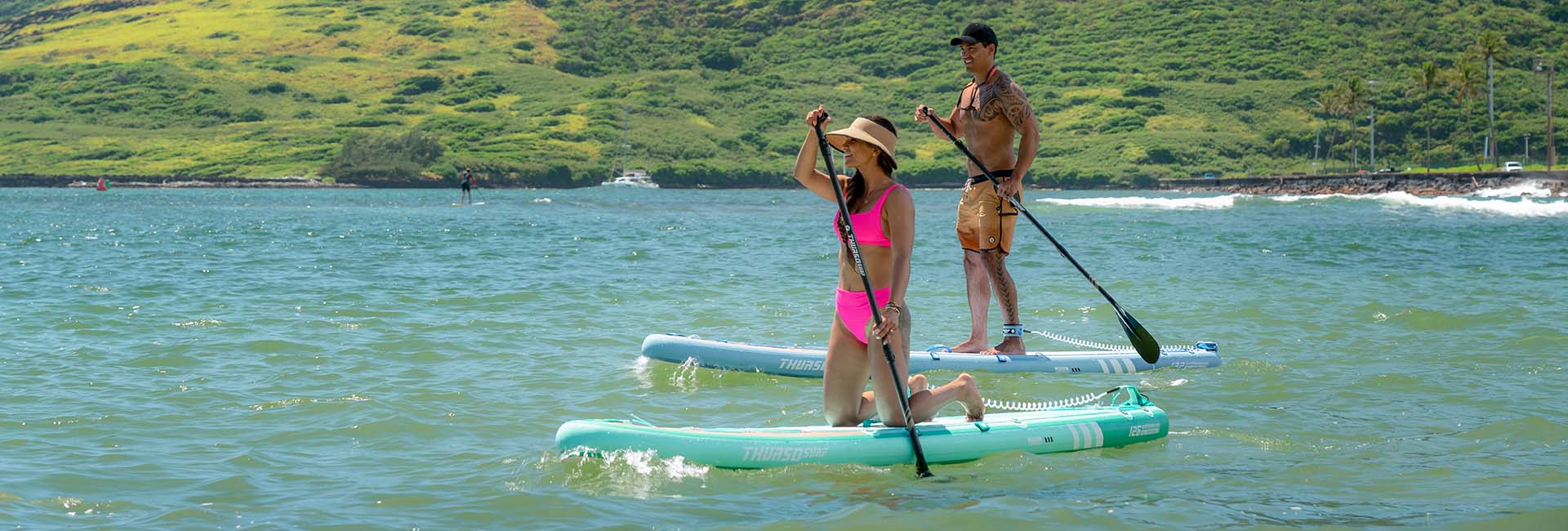


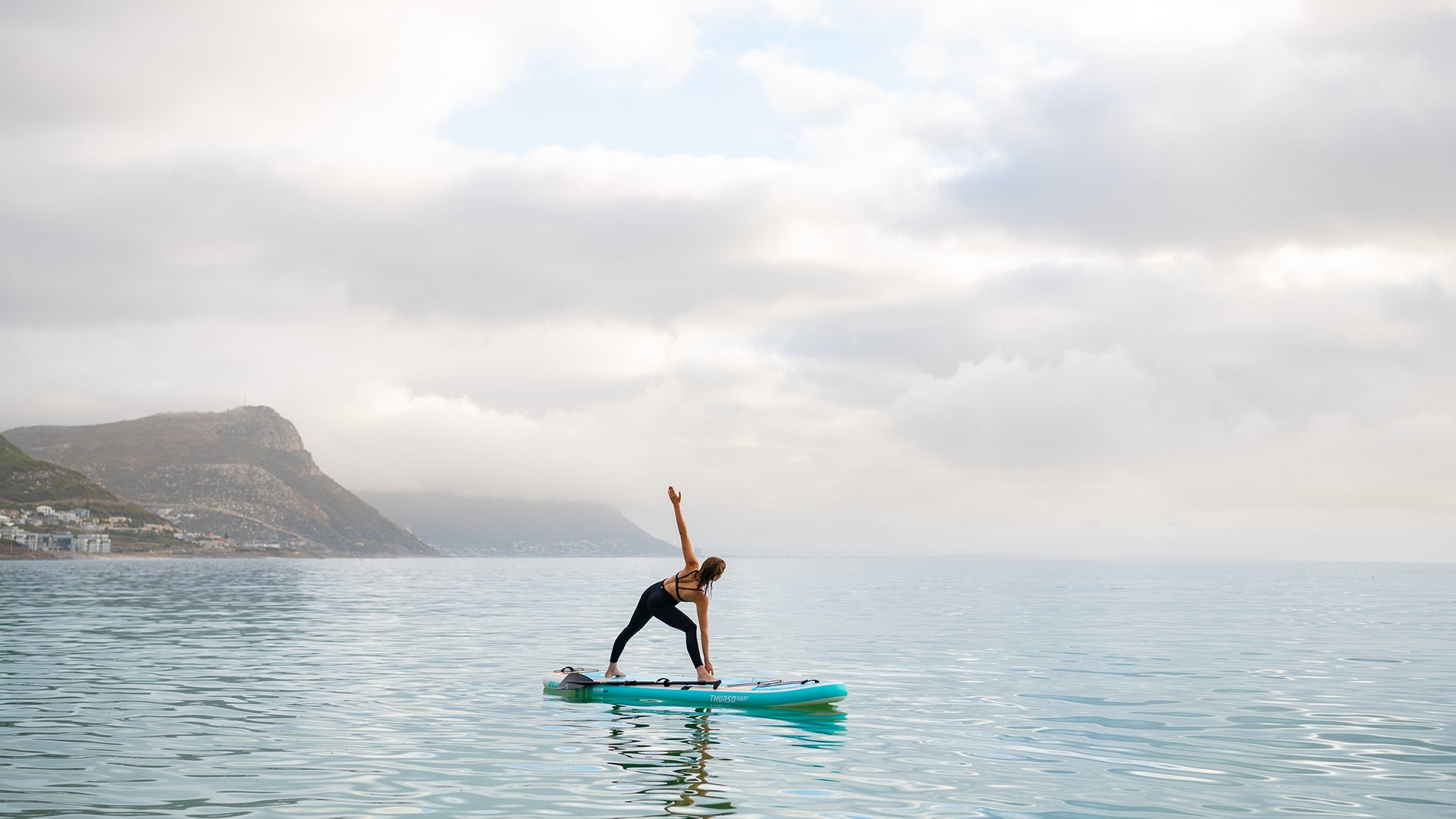
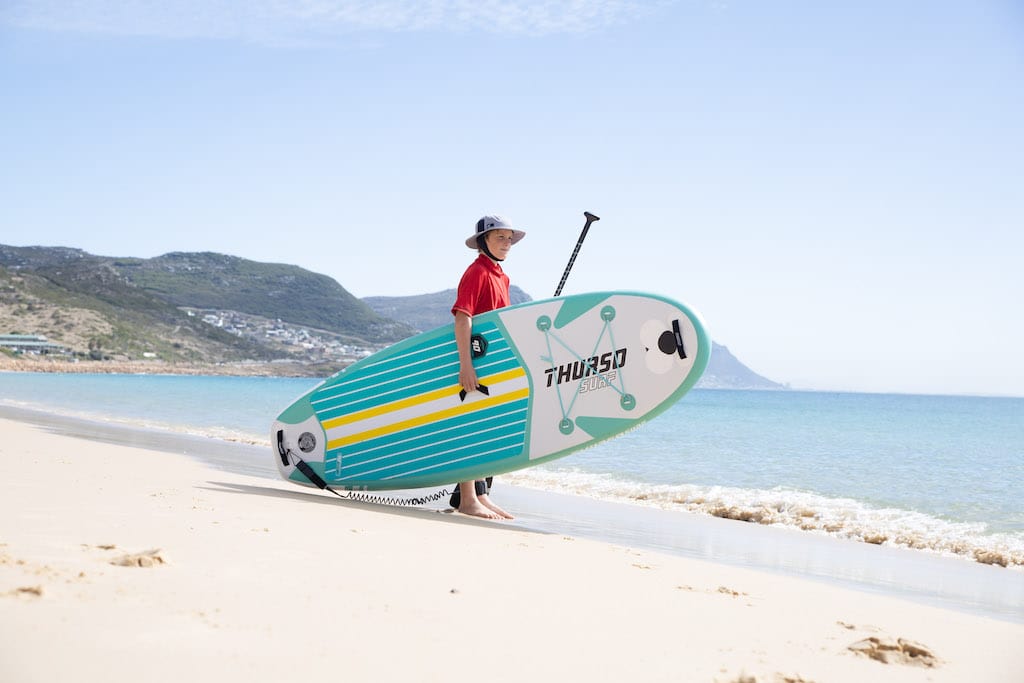
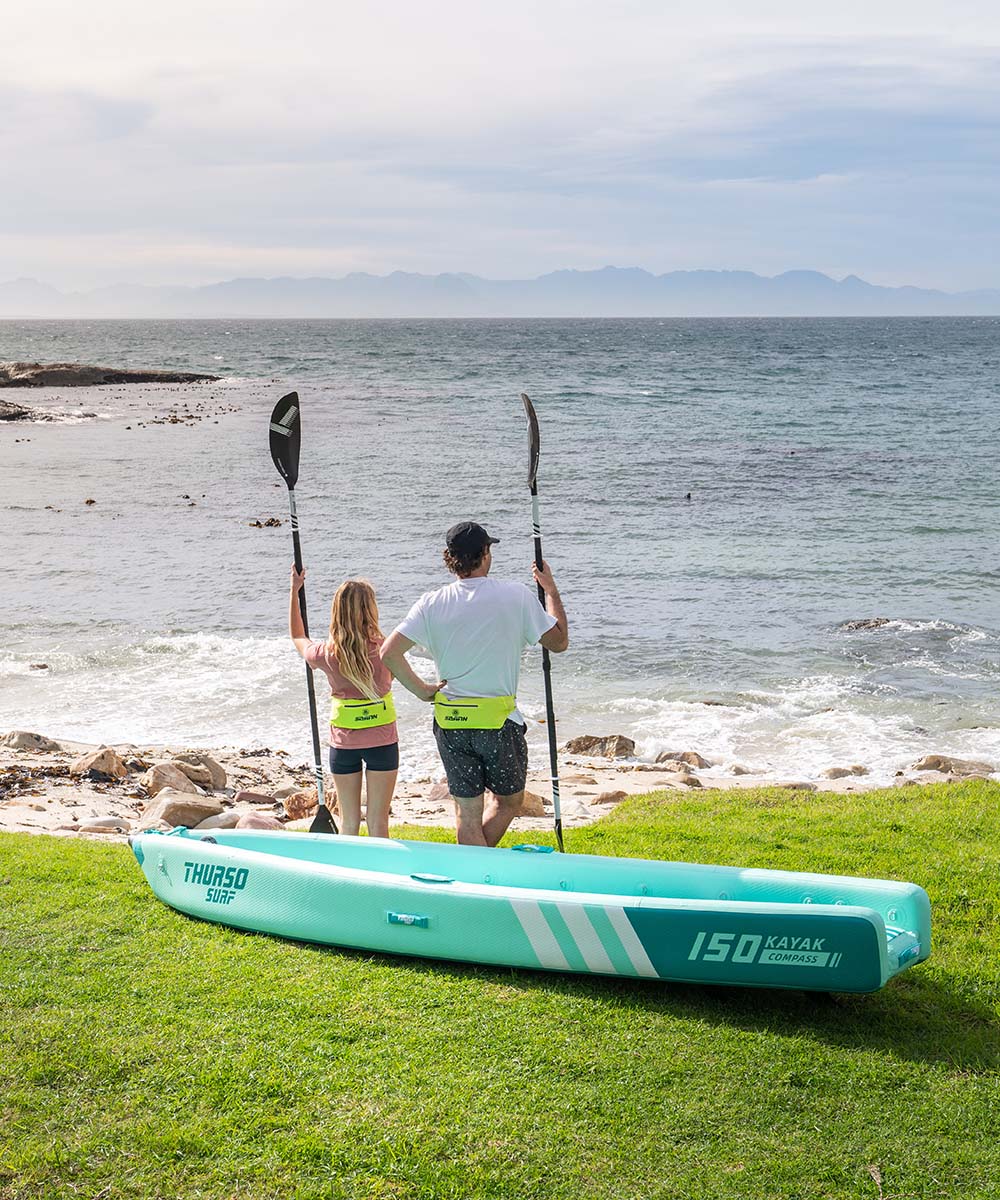
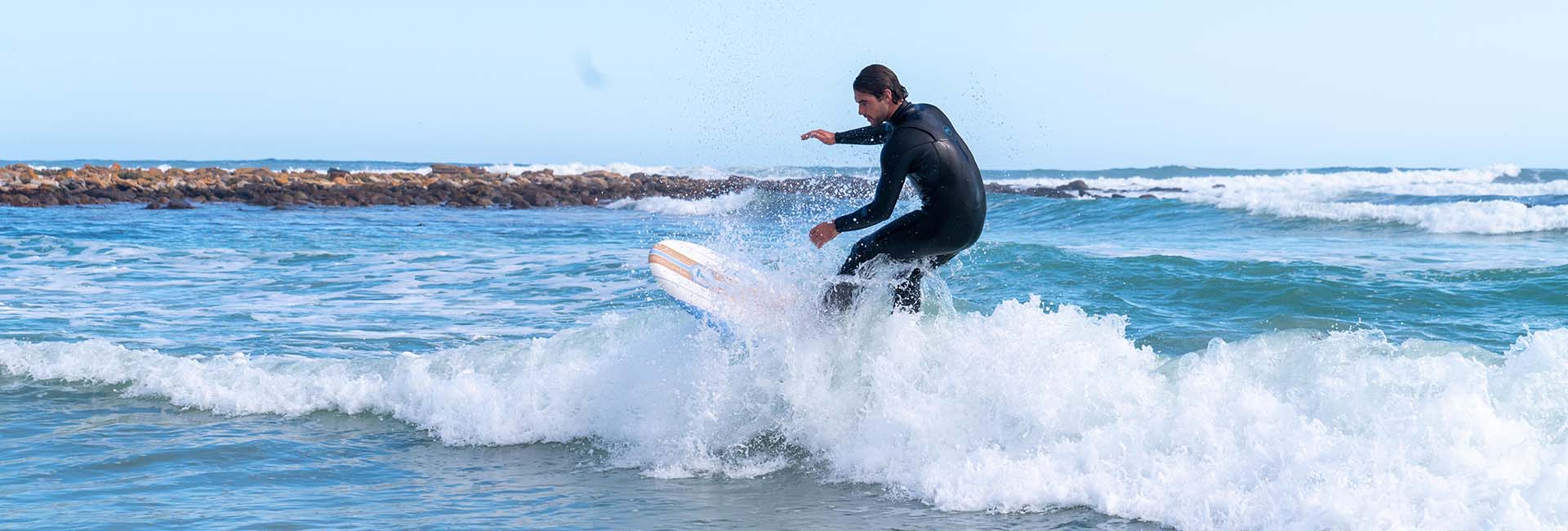
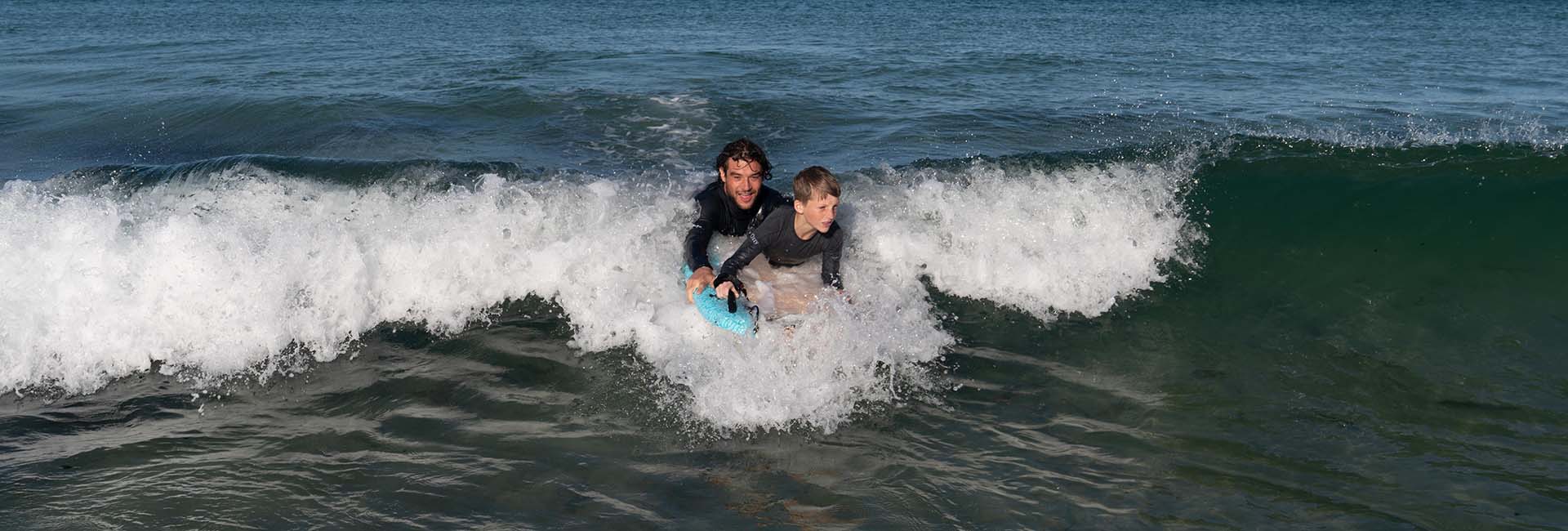
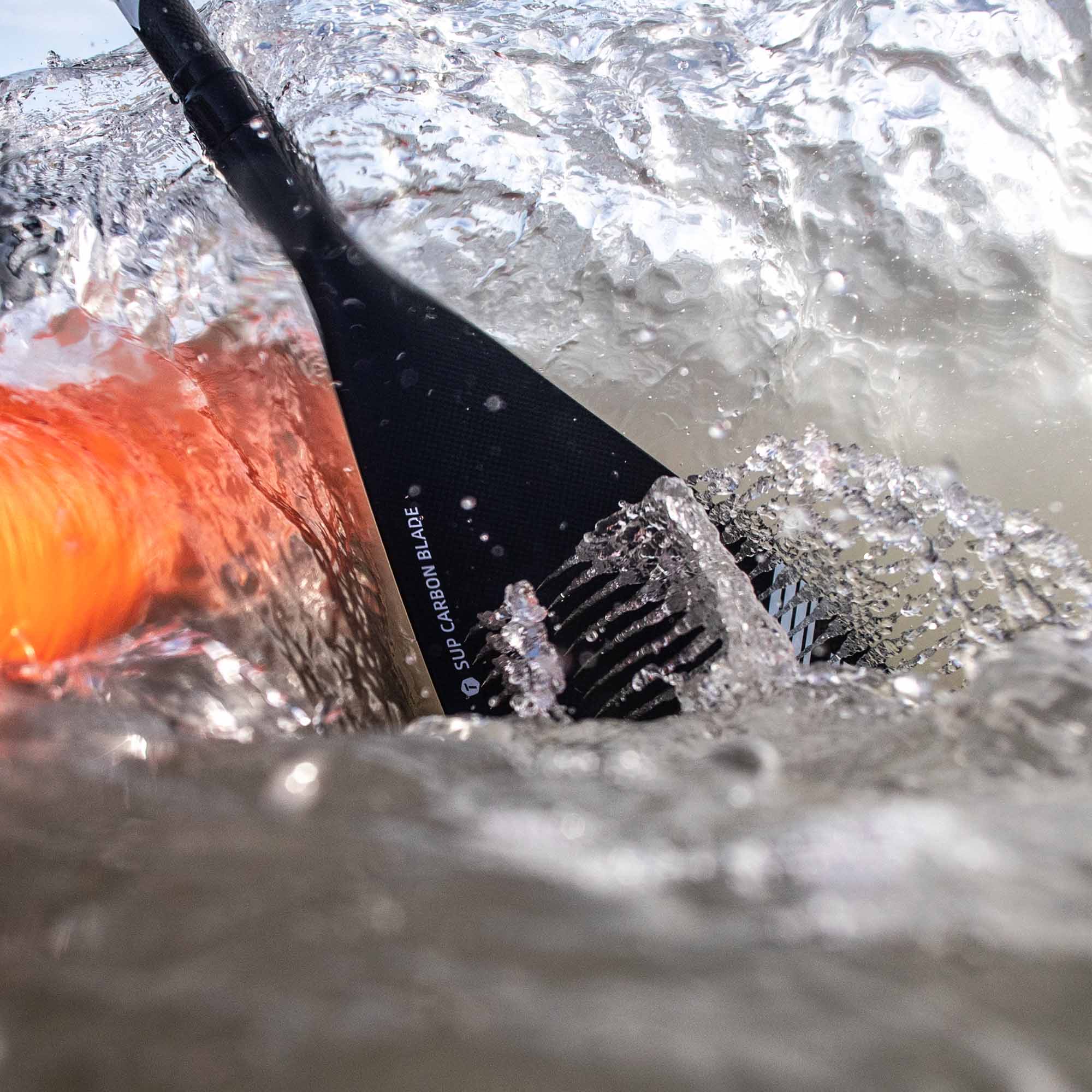
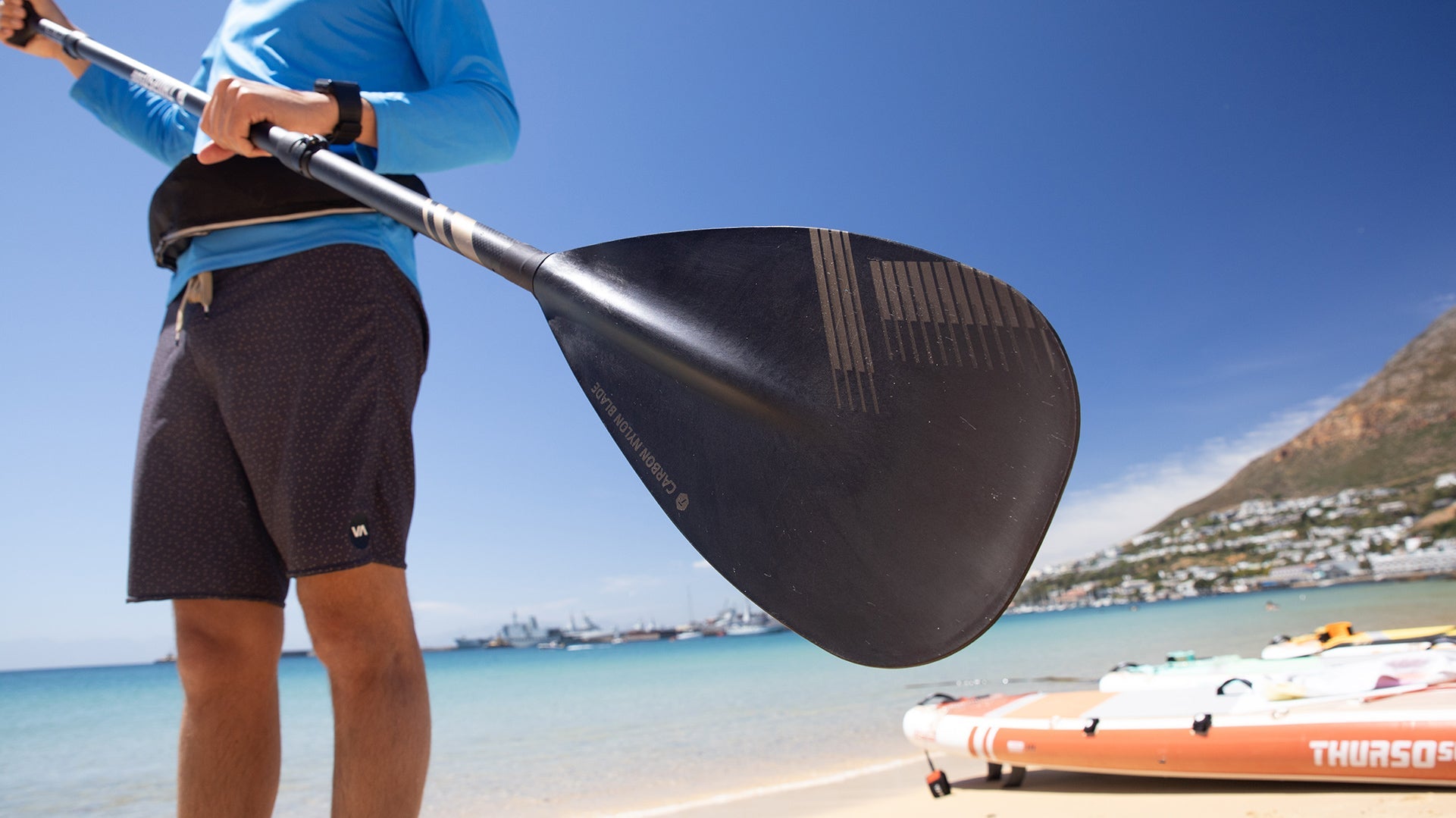
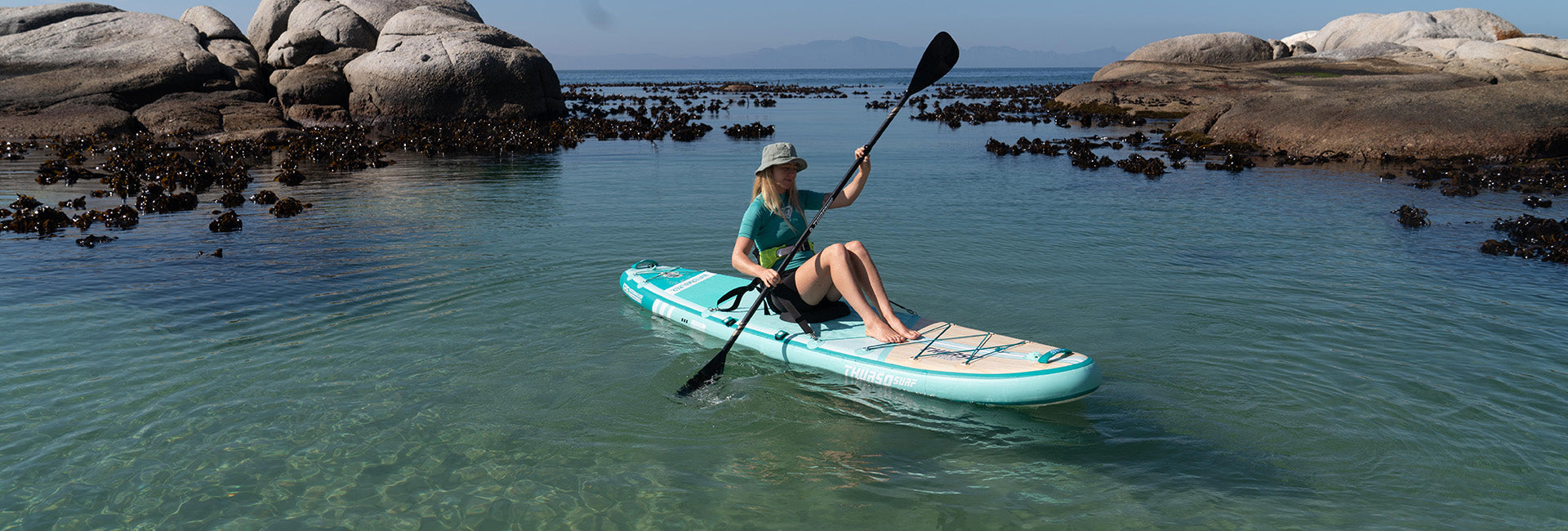

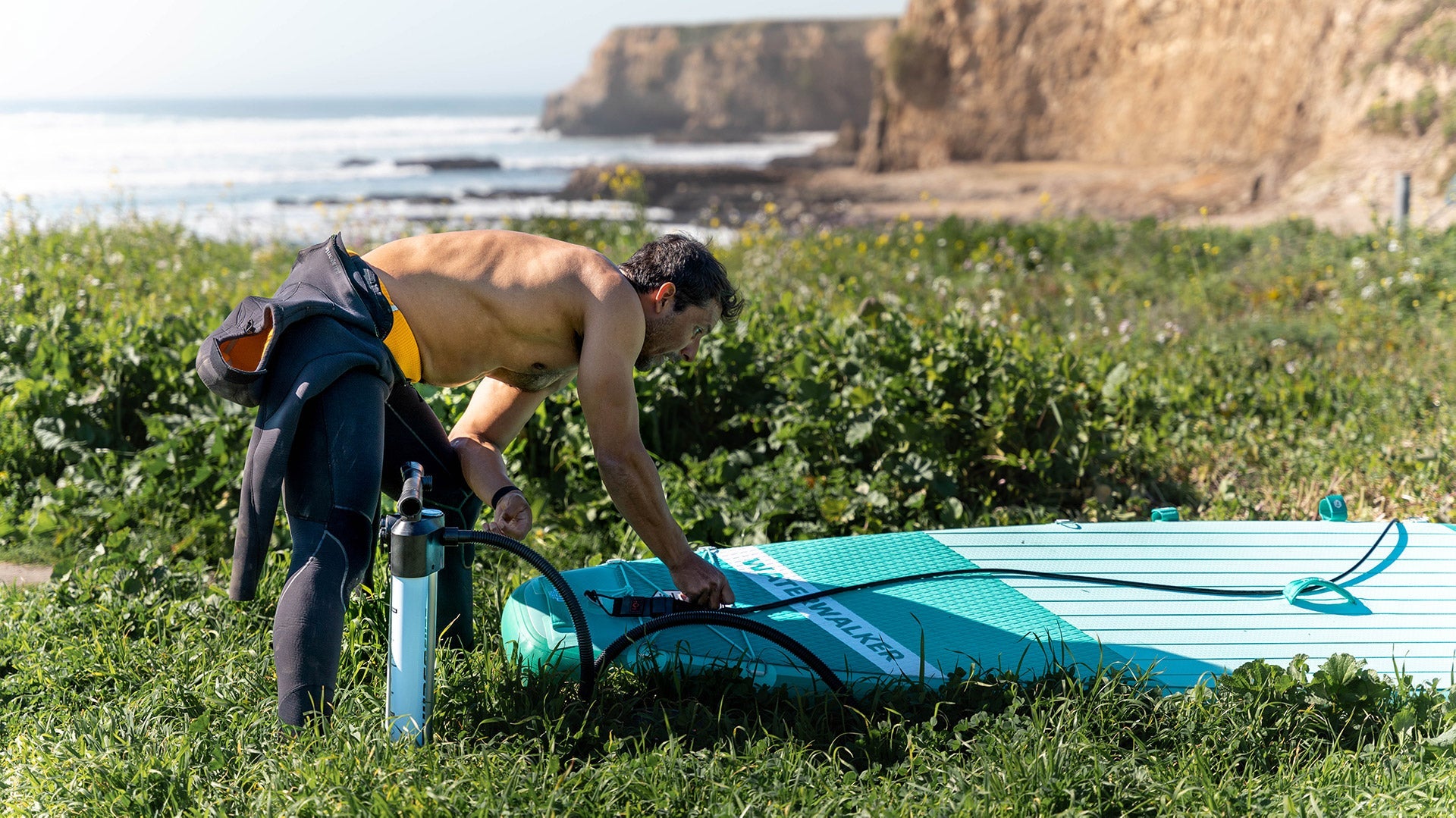
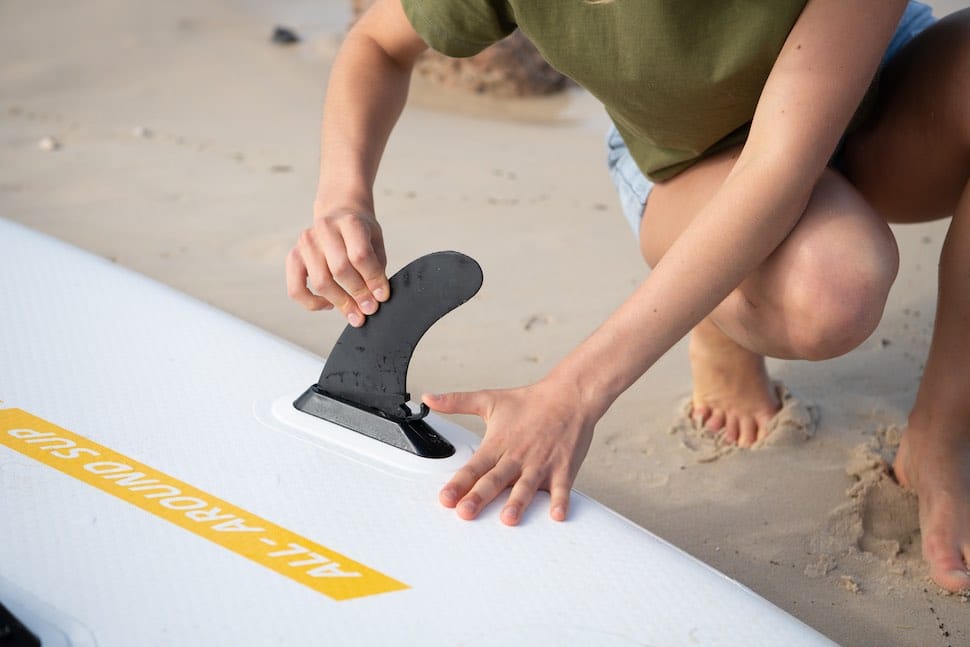
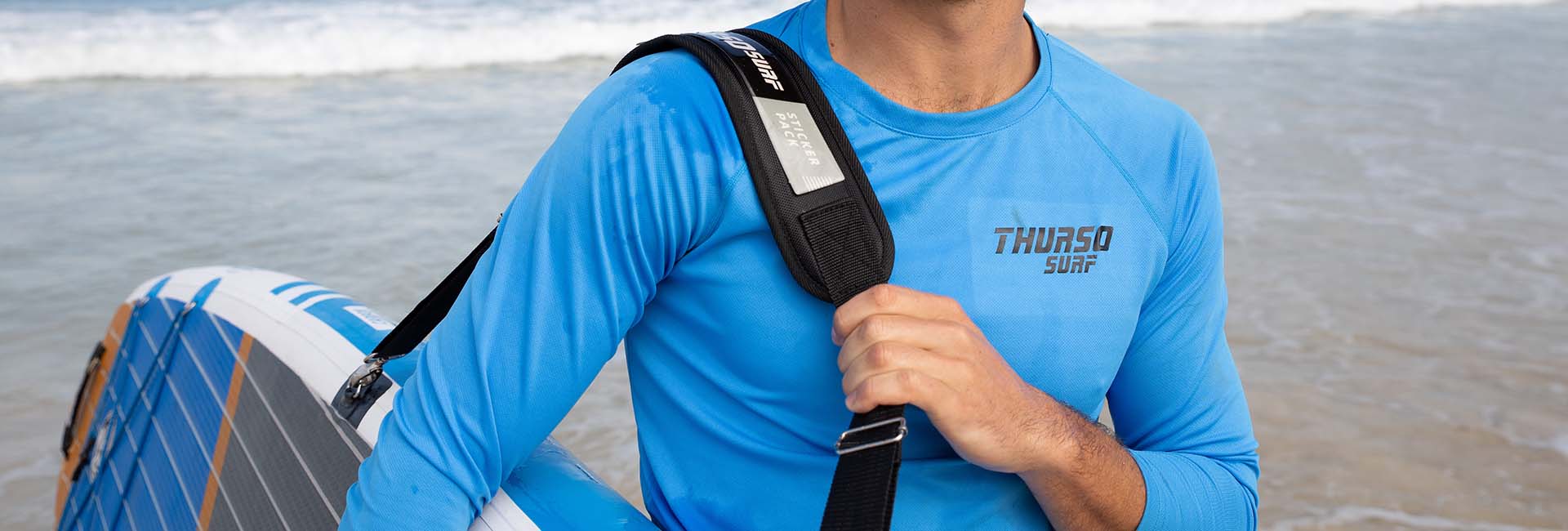
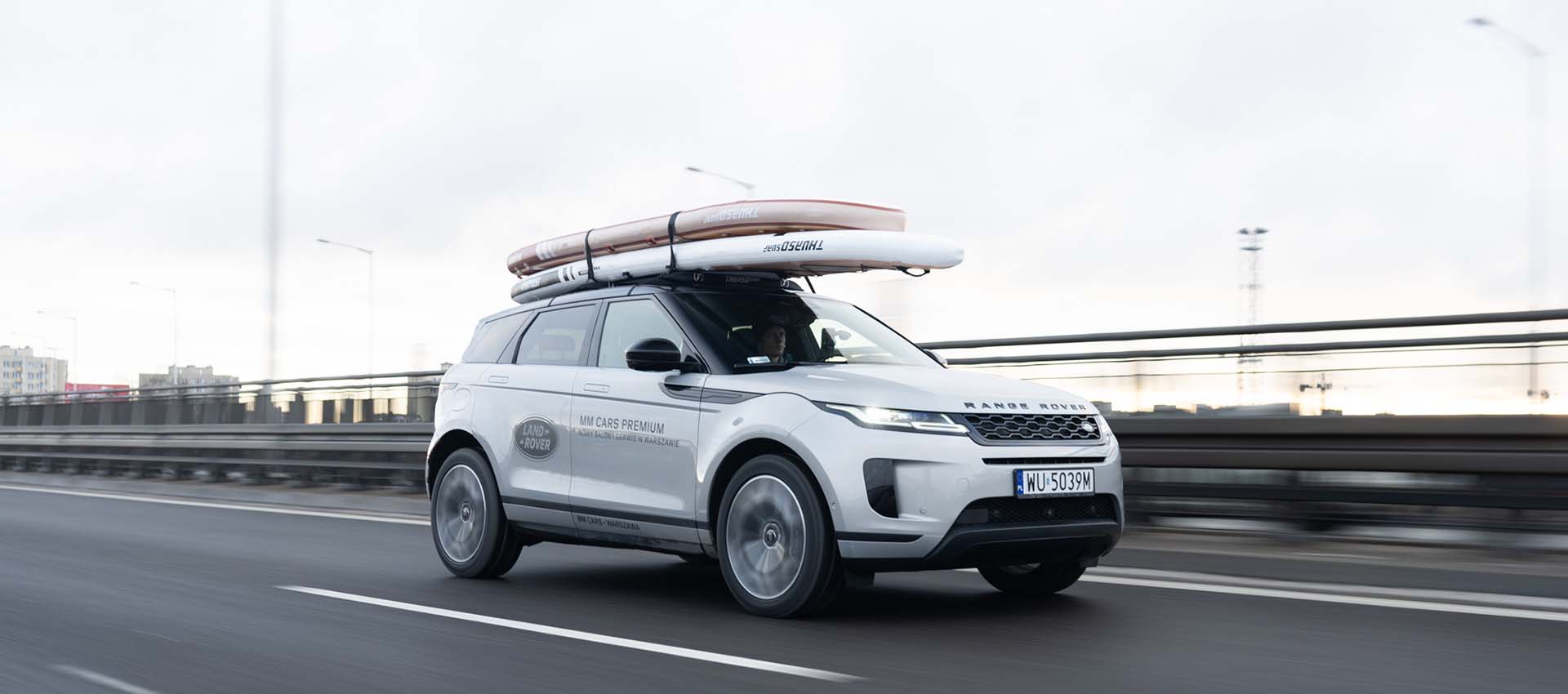
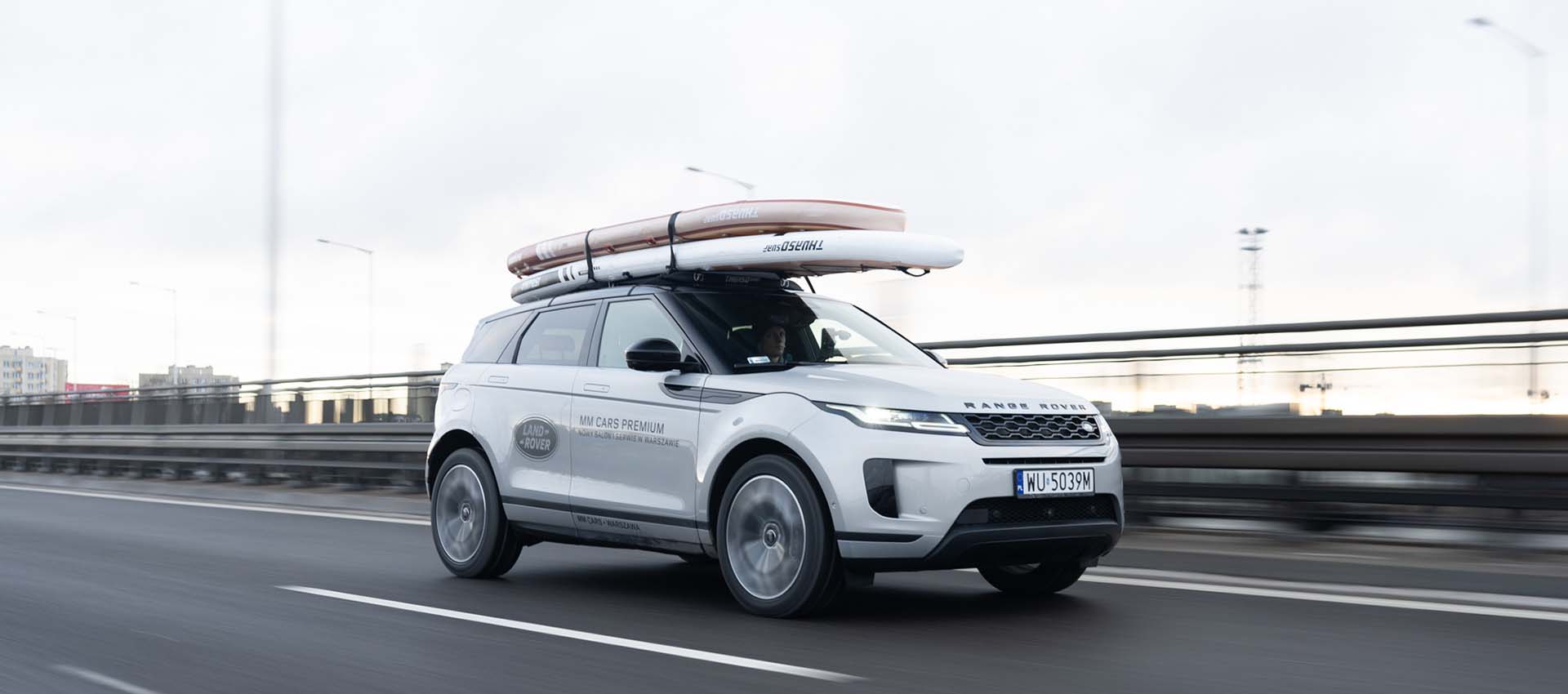


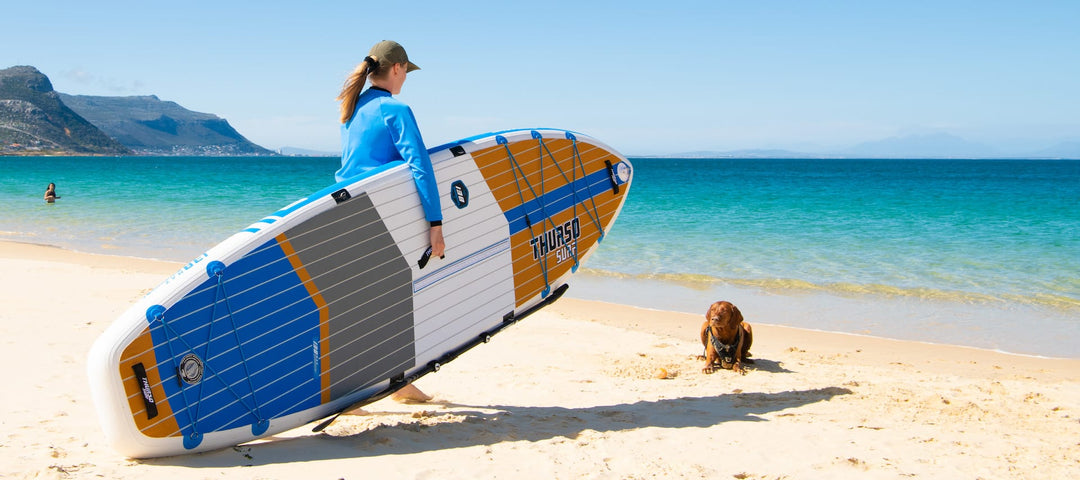
Why when you recommend putting the tail of the SUP at the front of the vehicle then all your photos show the tail at the back of the vehicle
Hi Olivia,
Thanks for your question. For a change of 9,000 ft in elevation, you are looking at a pressure change of 3-4 psi depending on the temperature variation, which you will want to take into consideration when inflating your board and traveling with it.
Thanks again and let me know if you have any questions.
The Thurso Surf Team
I am looking at transporting my iSUP across a dramatic elevation change, starting at about 3000ft and going through a mountain pass at around 12,000ft, but staying at a spot around 9,000ft. I know I want my SUP to be rigid while traveling, but should I lower it to account for the elevation change? The recommended psi for my board is 15. Thanks in advance!
Hi Brian,
Transporting multiple (more than 2) inflatable SUPs on a roof rack can be a bit tricky, but it sounds like you have a good idea of how you want to proceed. While it is more common to load kayaks on their side, it’s important to note that SUPs are a bit different in their construction and shape. Inflatable SUPs are built with drop-stitch materials that, drop-stitch threads connect the top to bottom and hold the boards’ shape. Because of that, the deck of an SUP is typically more rigid than the side, which allows for a more stable stack.
That being said, if you do decide to stack your SUPs on their side with a rack post in the middle, there are a few things to keep in mind. First, make sure that the stack is secure and won’t shift around during transport. You may want to use additional straps or tie-downs to keep everything in place. Additionally, you’ll want to be mindful of the pressure on the inflatable boards. Make sure to the boards are properly inflated so they are pretty rigid.
Overall, while it is possible to stack inflatable SUPs on their side with a rack post in the middle, it’s important to proceed with caution and make sure everything is secure and properly inflated. I hope this helps, and happy paddling!
The Thurso Surf Team
I am looking at transporting 4 inflatable SUPs on a roof rack and am curious what to expect if I stack them on the side with a rack post in the middle. It seems common to mount kayaks in this manner, but every article I find regarding SUPs says to load them deck side down on top of each other. Any thoughts on loading them on their side?
Leave a comment